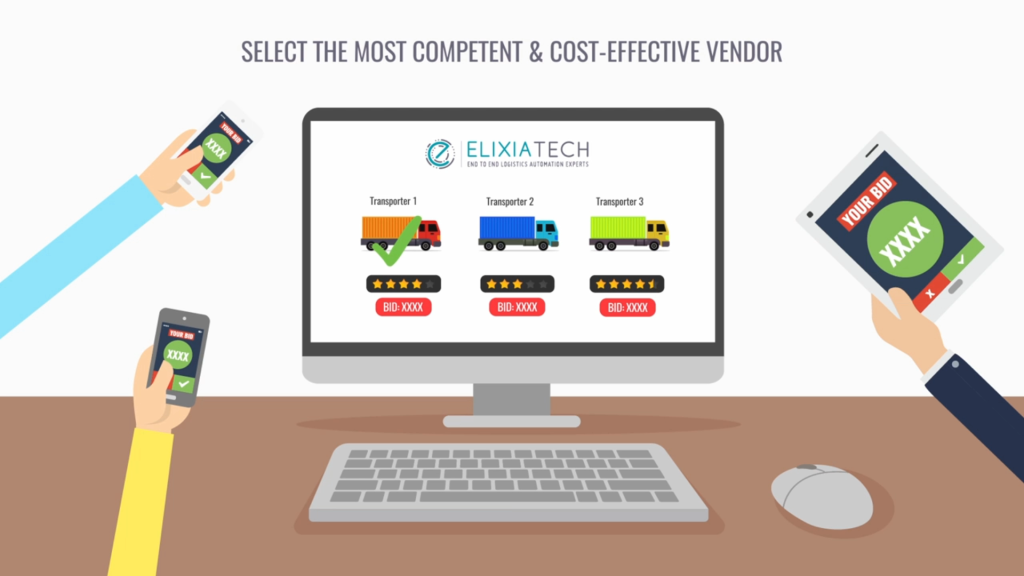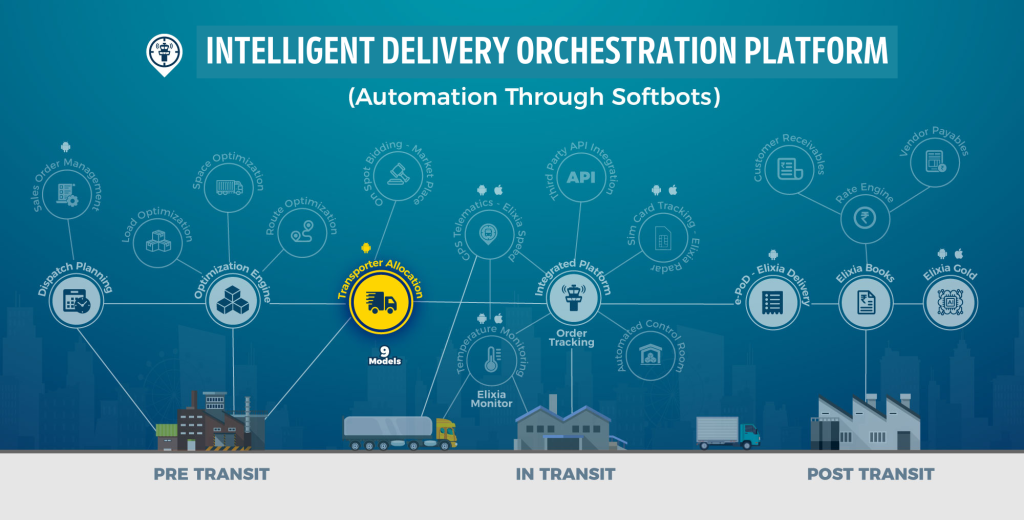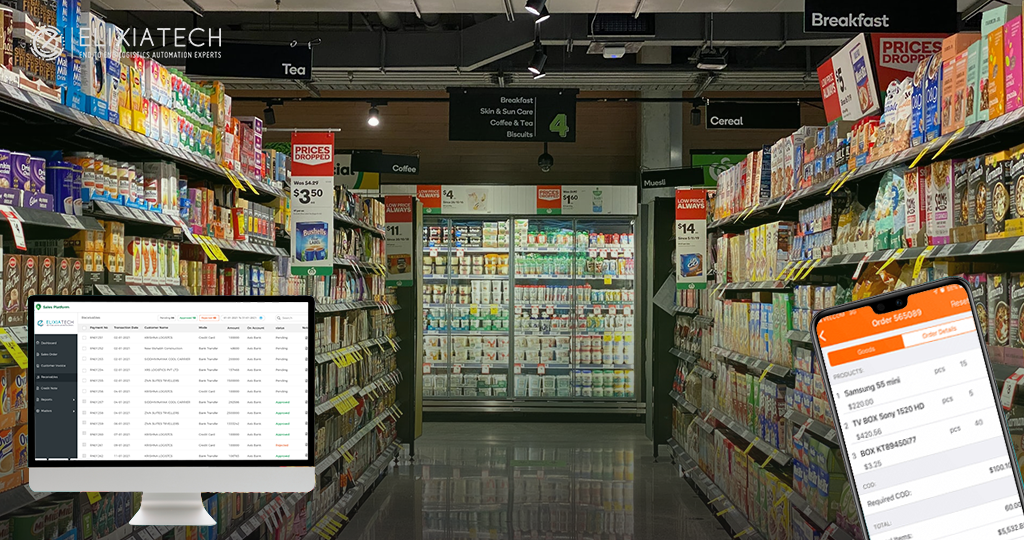
Efficiently Allocating Transporters: Maximizing Productivity and Minimizing Costs
Transporter allocation is a critical aspect of the logistics and supply chain management process. It is the process of assigning the right vehicles and drivers to the right shipments. This ensures timely delivery while optimizing costs. The process can be complex. Especially when dealing with multiple modes of transportation, various types of cargo, and diverse geographic regions.
 Manual allocating transporter can be a tedious and time-consuming task that can lead to inefficiencies and increased costs. It can also be prone to human error, leading to inaccurate data, miscommunications, and delays. This is where transporter allocation software comes in to streamline the process, minimize errors, and optimize resources.
Manual allocating transporter can be a tedious and time-consuming task that can lead to inefficiencies and increased costs. It can also be prone to human error, leading to inaccurate data, miscommunications, and delays. This is where transporter allocation software comes in to streamline the process, minimize errors, and optimize resources.
Transporter allocation software automates the allocation process by using algorithms to assign the best vehicles and drivers to specific shipments. The software considers factors such as vehicle capacity, delivery location, time sensitivity, and other shipment requirements. This leads to a more efficient and cost-effective allocation process, allowing shippers to optimize their resources and reduce costs.

The benefits of using transporter allocation software are numerous:
- Save time and increase efficiency – The software automates the allocation process, freeing up valuable time that can be used to focus on other aspects of logistics and supply chain management. It also reduces the risk of human error, ensuring accurate data and communication. This is essential in maintaining a healthy logistics operation.
- Real-time visibility and tracking – This software allows shippers to track the movement of goods in real time, providing full visibility and control over the shipment. This allows shippers to respond quickly to any issues or delays that may occur. This minimizes the impact on the supply chain and maintains customer satisfaction.
- Optimize resources – With this software, shippers can analyze and optimize their allocation process, ensuring the most efficient use of their resources. This leads to reduced costs, increased efficiency, and better overall performance.
- Insights and analytics – The software can provide valuable insights and analytics that can be used to improve the allocation process. The data generated by the software can be used to identify areas of inefficiency. Thus allowing shippers to make adjustments that lead to better performance.
- Better communication and collaboration – Such a software allows for better communication and collaboration between different stakeholders in the logistics and supply chain management process. This ensures that everyone is on the same page, reducing the risk of miscommunication and delays.
How to select a good tool for allocating transporters?
Selecting a good transporter allocation tool is a critical decision. This can have a significant impact on the efficiency and success of your transportation operations. Here are some factors to consider when selecting a good tool to allocate transporters:
- Features: Look for a transporter allocation tool that offers the features you need to manage your transportation operations. This includes features such as real-time tracking and monitoring, load optimization, route optimization, automated dispatch, and customizable reporting.
- Integration: Consider a tool that can integrate with your existing systems, such as your transportation management system (TMS) or warehouse management system (WMS). This can help streamline data transfer and improve efficiency.
- Easy of use: Look for a tool that is easy to use and understand. A user-friendly interface can help reduce training time and minimize errors.
- Scalability: Consider a tool that can grow with your business. This includes the ability to manage an increasing number of shipments, carriers, and customers.
- Cost: Evaluate the cost of the tool against the value it can provide to your business. Look for a solution that offers a reasonable return on investment and fits within your budget.
- Support: Consider the level of support provided by the tool vendor. Look for a vendor that offers comprehensive support, including technical support, training, and implementation services.
- Security: Consider the security features of this tool, such as data encryption, access control, and regular backups. Security is particularly important when dealing with sensitive customer and financial data.
Conclusion
In summary, selecting a good transporter allocation tool requires careful consideration of the features, integration, ease of use, scalability, cost, support, and security offered by the vendor. By choosing the right tool, you can improve the efficiency and effectiveness of your transportation operations, reduce costs, and improve customer satisfaction.
Elixia’s Transporter Allocation is an intelligent platform that automatically assigns shipments to vendors. This is done on the basis of different allocation models like a share of the business, real-time bidding, first come first serve, negotiated price, and similar algorithms.
It also helps improve the transparency, lead time, and efficiency of the transporter allocation process. The system logically allocates your indents to the most suitable transporter. This is done by using predefined algorithms or a real-time vendor auction platform.
Some more benefits include:
- Seamless allocation using softbots
- Records & manages transportation requirements
- Maintains acceptance/rejection rate of vendors
- A single platform to bid, negotiate and allocate
- Option to manually allocate for exceptions
- Auto re-allocation in case of cancellation
To know more about the Transporter Allocation module and transform the way you manage your transporters, reach out to us at – Talk to our Supply Chain Experts




